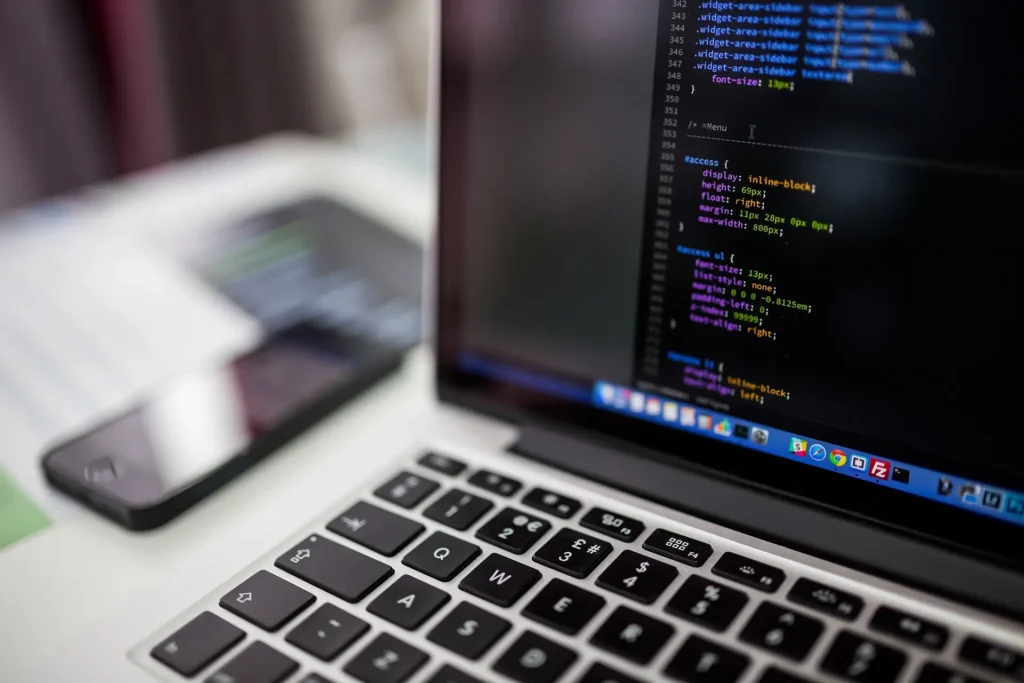Introduction
Are you looking to create a location tracker app using MapKit in Swift for iOS? Look no further! In this blog post, I will guide you through the process of integrating MapKit into your iOS app, allowing you to track and display the user’s location on a map. Let’s get started!
Step 1: Setting Up the Project
The first step is to create a new Xcode project. Open Xcode and select “Create a new Xcode project.” Choose the “Single View App” template and provide a name for your project. Make sure to select Swift as the programming language.
Step 2: Adding MapKit Framework
Next, we need to add the MapKit framework to our project. In the project navigator, select your project’s name, go to the “General” tab, and scroll down to the “Frameworks, Libraries, and Embedded Content” section. Click on the “+” button and search for “MapKit.” Select the MapKit framework and click “Add.”
Step 3: Designing the User Interface
Now, let’s design the user interface for our location tracker app. Open the Main.storyboard file and add a MapView to your view controller. Adjust the size and position of the MapView as desired. You can also add any additional UI elements, such as labels or buttons, to enhance the user experience.
Step 4: Requesting Location Authorization
In order to access the user’s location, we need to request location authorization. Open your view controller’s Swift file and import the CoreLocation framework. Add the following code snippet to your view controller’s class:
import CoreLocation
class ViewController: UIViewController, CLLocationManagerDelegate {
let locationManager = CLLocationManager()
override func viewDidLoad() {
super.viewDidLoad()
locationManager.delegate = self
locationManager.requestWhenInUseAuthorization()
locationManager.startUpdatingLocation()
}
// Add location manager delegate methods here
}This code snippet initializes a CLLocationManager object, sets the delegate to the view controller, requests location authorization for when the app is in use, and starts updating the user’s location.
Step 5: Displaying the User’s Location
To display the user’s location on the MapView, we need to implement the CLLocationManagerDelegate methods. Add the following code snippet to your view controller’s class:
func locationManager(_ manager: CLLocationManager, didUpdateLocations locations: [CLLocation]) {
guard let location = locations.last else { return }
let region = MKCoordinateRegion(center: location.coordinate, latitudinalMeters: 1000, longitudinalMeters: 1000)
mapView.setRegion(region, animated: true)
let annotation = MKPointAnnotation()
annotation.coordinate = location.coordinate
mapView.addAnnotation(annotation)
}This code snippet updates the MapView’s region to center around the user’s current location. It also adds a pin annotation to the MapView at the user’s location.
Step 6: Handling Location Authorization
We also need to handle location authorization in case the user denies permission. Add the following code snippet to your view controller’s class:
func locationManager(_ manager: CLLocationManager, didChangeAuthorization status: CLAuthorizationStatus) {
if status == .denied {
// Show an alert to the user explaining why location services are required
}
}In this code snippet, you can display an alert to the user explaining why location services are required if the user denies location authorization.
Step 7: Testing the App
Now, it’s time to test your location tracker app! Build and run the app on a simulator or a physical device. You should see the MapView centered around your current location, with a pin annotation marking your location.
Conclusion
Congratulations! You have successfully integrated MapKit into your Swift iOS app to create a location tracker. You can now track and display the user’s location on a map. Feel free to customize and enhance your app with additional features, such as geofencing or route tracking. Happy coding!
I hope you found this blog post helpful. If you have any questions or need further assistance, please feel free to reach me.
